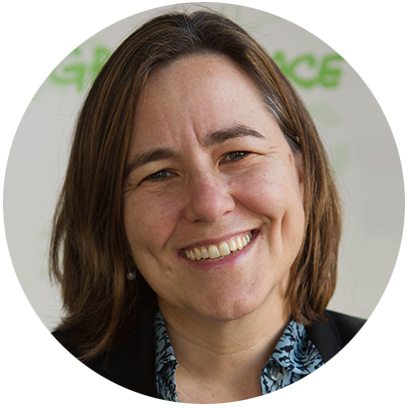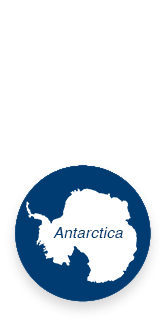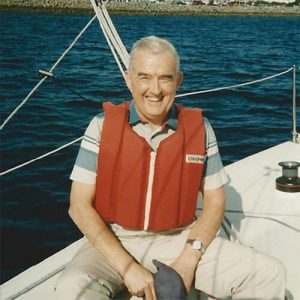From the Executive Director

You’ll find common threads you might not expect in this issue, like between the Arctic Sunrise’s exciting voyage to one of the most remote areas on Earth and what’s happening in Indonesia’s irreplaceable rainforests.
From the tiniest krill to the blue whale, the biggest animal in the world, we can protect them all with the establishment of an Antarctic Ocean Sanctuary. And by making it a global priority to defend Indonesian forests from the paper and palm oil companies destroying them, we can save an amazing treasure trove of animals, including critically-endangered orangutans and Sumatran tigers.
The latest news on dirty tar sands pipelines, the ocean plastic pollution crisis, and what’s going on with the world’s top maker of smartphones share recurring themes as well. All of these things are crucial to saving our climate and holding corporations accountable.
To stop global warming we need healthy oceans and forests, and for our oceans and forests to have a better future, we have to hold corporations responsible for environmental practices. We need companies like Samsung to get on the renewable energy bandwagon and big banks like JPMorgan Chase to defund climate-destroying tar sands pipeline projects. And to rescue our oceans and marine wildlife choking on plastic, we need the big producers of single-use plastics like Coca-Cola to stop making them.
But the most important thread running through everything Greenpeace does is you. Your love of the natural world and your commitment to our mission to preserve and protect it makes all of this work possible. Thank you.
For a green and peaceful future,

Annie Leonard, Executive Director
Greenpeace USA
Our Mission
Greenpeace, Inc. is the leading independent campaigning organization that uses peaceful direct action and creative communication to expose global environmental problems and promote solutions that are essential to a green and peaceful future. Please visit greenpeace.org to learn more about Greenpeace, Inc., and greenpeacefund.org to learn more about Greenpeace Fund, Inc.































